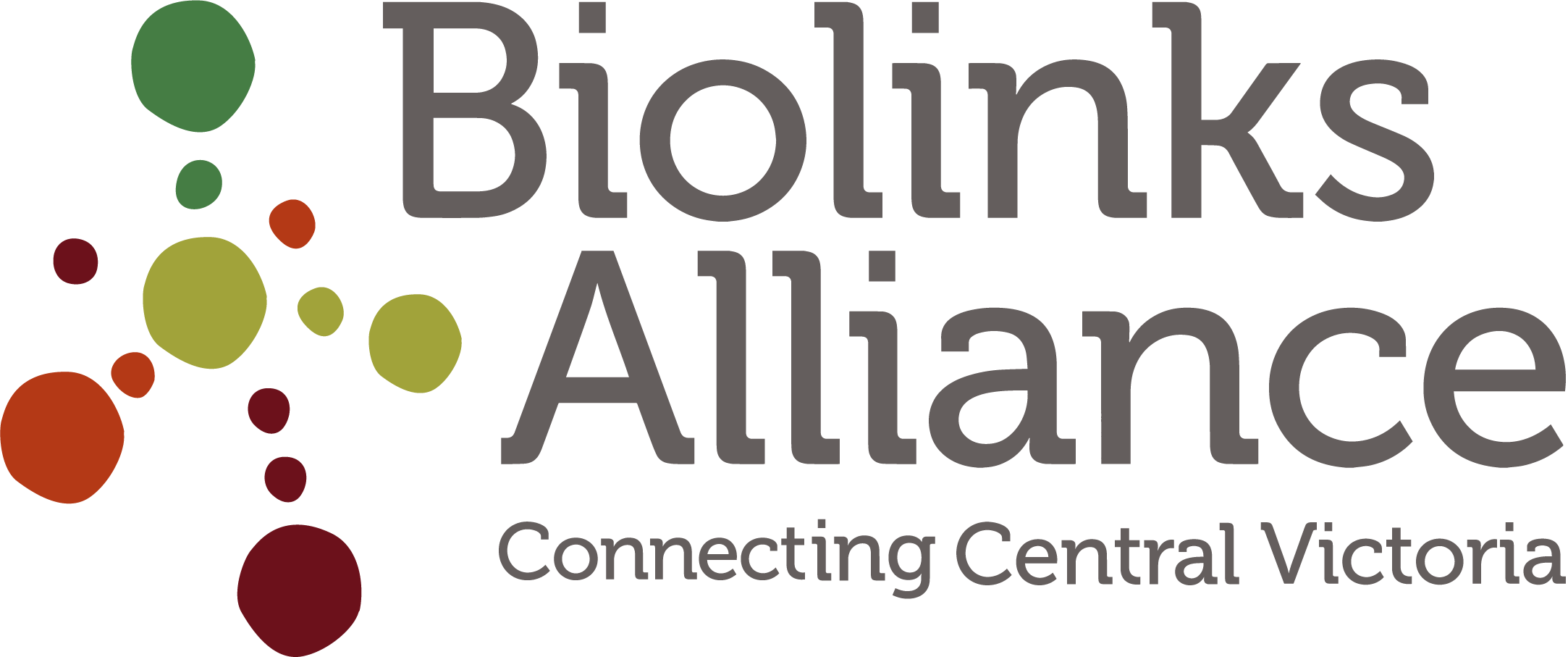One legacy of the gold mining era was the massive amounts of tailings (sludge) that swept across many floodplains and was a big issue for farmers in Victoria. The original braided floodplains and chains of ponds, and the pastures and crops on this most fertile land, were replaced by infertile sludge that filled in the valleys then rapidly eroded into incised creeks with water tables well below the surface.
Read MoreLand and water are the core of all spirituality and fundamental to the cultural heritage and wellbeing of Aboriginal people. Barringgi Gadyin is the Wergaia name for the whole Wimmera River system. The Barengi Gadjin Land Council represents the Traditional Owners related to apical ancestors with links to the River. Together, the stories of the Traditional Owners and research by archaeologist along the river are expanding our knowledge and understanding of Aboriginal culture and the ways we can work together to value and care for this country.
Read MoreGroundwater-dependent Ecosystems (GDEs) are those ecosystems where any part of the lifecycle of anything involves groundwater. GDEs are ecotones with persistent groundwater supplies. In 2004, GDEs were formally recognised and an atlas developed. Aboriginal stories have been included in this mapping. Threats include groundwater extraction, urbanisation affecting recharge, and climate change. Now, any Environmental Impact Statements for development must address the impact on GDEs.
Read MoreMichelle spoke about the many seasonal wetlands scattered across south-western Victoria. Agriculture is having a growing impact on the connectivity and biodiversity of these wetlands. But her studies have also shown that wetlands are adapted to cycles and, thanks to persistent seed banks, can come back from moderate and short-term disturbance, with grazing as an important management tool.
Read MoreAgricultural intensification is having a big impact on biodiversity. Don described three projects looking at the behaviour of frogs in various agricultural environments. Frogs in the study used a variety of habitats to live and traverse but remnant condition and proximity to water were most important. And the three studies failed to detect many species that are more sensitive to the impacts of agriculture.
Read MoreNick spoke of the impact of small dams in the upper catchments on the persistence of stream flows and waterholes of many streams across Victoria in dry times. Loss of continuity along streams threatens the survival and breeding of many fish and other aquatic animals. Protection of high-quality habitat is critical for conservation but there are also solutions that can improve flows from small dams.
Read MoreConnecting habitat over large scales is not a pipe dream. Hear about his experiences in Africa and the US and how we can re-connect fragmented habitats across central Victoria.
Read MoreProfessor Andrew Bennett, La Trobe University and Arthur Rylah Institute, speaking at the Central Victorian Biolinks Alliance 'From Islands to Networks; Linking Landscapes at a time of Climate Change' Symposium on why ecological connectivity is important.
Read MoreClimate-proofing - genetic diversity, species diversity and evolutionary processes. Professor Ary Hoffman and Dr Rebecca Jordan
Read MoreThe hope of biolinks and practical guidelines for making the dream a reality. Dr Veronica Doerr
Read More









